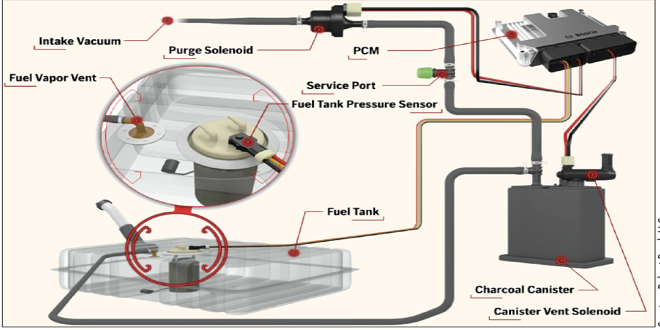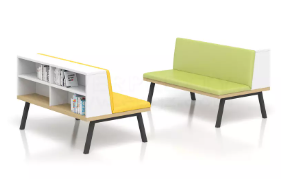Case studies – Rover lighting circuit

Sidelights
Operation of the switch allows the supply on the N or N/S wire (color codes are discussed on page 85) to pass to fuses 7 and 8 on an R wire. The two fuses then supply left sidelights and right sidelights as well as the number plate light.
Dipped beam
When the dip beam is selected, a supply is passed to fuse 9 on a U wire and then to the dim-dip unit, which is now de-energized. This then allows a supply to fuse 10 and 11 on the O/U wire. This supply is then passed to the left light on a U/K wire and the right light on a U/B wire.
Read Also: Masstamilan
Main beam
Selecting main beam allows a supply on the U/W wire to the main/dip relay, thus energizing it. A supply is therefore placed on fuses 21 and 22 and hence to each of the headlight main beam bulbs.
Dim-dip
When sidelights are on there is a supply to the dim dip unit on the R/B wire. If the ignition supplies a second feed on the G wire then the unit will allow a supply from fuse 5 to the dim-dip resistor on an N/S wire and then on to the dim-dip unit on an N/G wire. The unit then links this supply to fuses 10 and 11 (dip beam fuses).
Generic lighting circuit – Bosch
There is a connection to the appropriate lamp but this will be through, for example, a sensing coil. Also, note how codes are used to show connections from some components to others rather than a line representing the wire. This is to reduce the number of wires in general but also to reduce crossover points.
Xenon lighting – Hella
The risk of being injured or killed in a traffic accident on the roads is much higher at night than during the day, in spite of the smaller volumes of traffic. Alongside factors such as self-dazzling caused by wet road surfaces, higher speeds because of the reduced traffic density, and a reduction of about 25% of the distance maintained to the vehicle in front, causes relating to eye physiology play a very important role.
However, the vision – even of a person with healthy eyes – is considerably reduced at night. The associated risk factors include delayed adjustment to changes between light and dark, impaired color vision, and the slow transition from day to night, which, through the habituation effect, can lull the motorist into a false sense of security.
Blue lights
Philips ‘Blue Vision’ white light stimulates driver concentration and makes nighttime driving less tiring and reflects much better on-road markings and signs.
With the introduction of Blue Vision, Philips Automotive Lighting is illuminating the way ahead to the future of enhanced headlamp performance. The future is … white light Blue Vision. For the simple reason that the Blue Vision lamps reproduce day-light type light … in night-time conditions
Last word
Using the UV cut quartz developed by Philips for halogen lamps means that Blue Vision can safely be used for all headlamps. However, it should be noted that halogen technology is not comparable to the xenon discharge technology, fitted as original equipment to more and more of the world’s cars.
Feel Free to Read More: Isaimini




